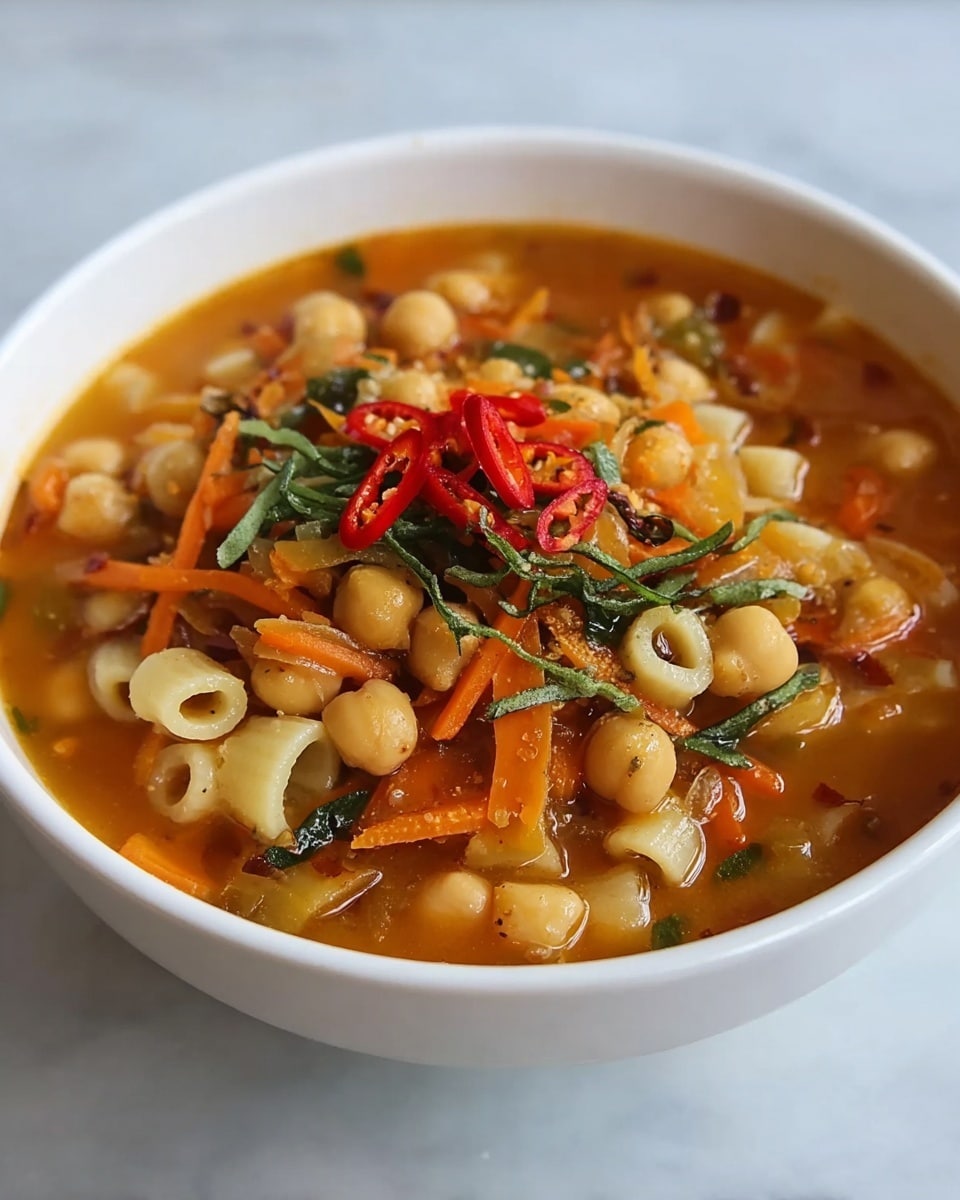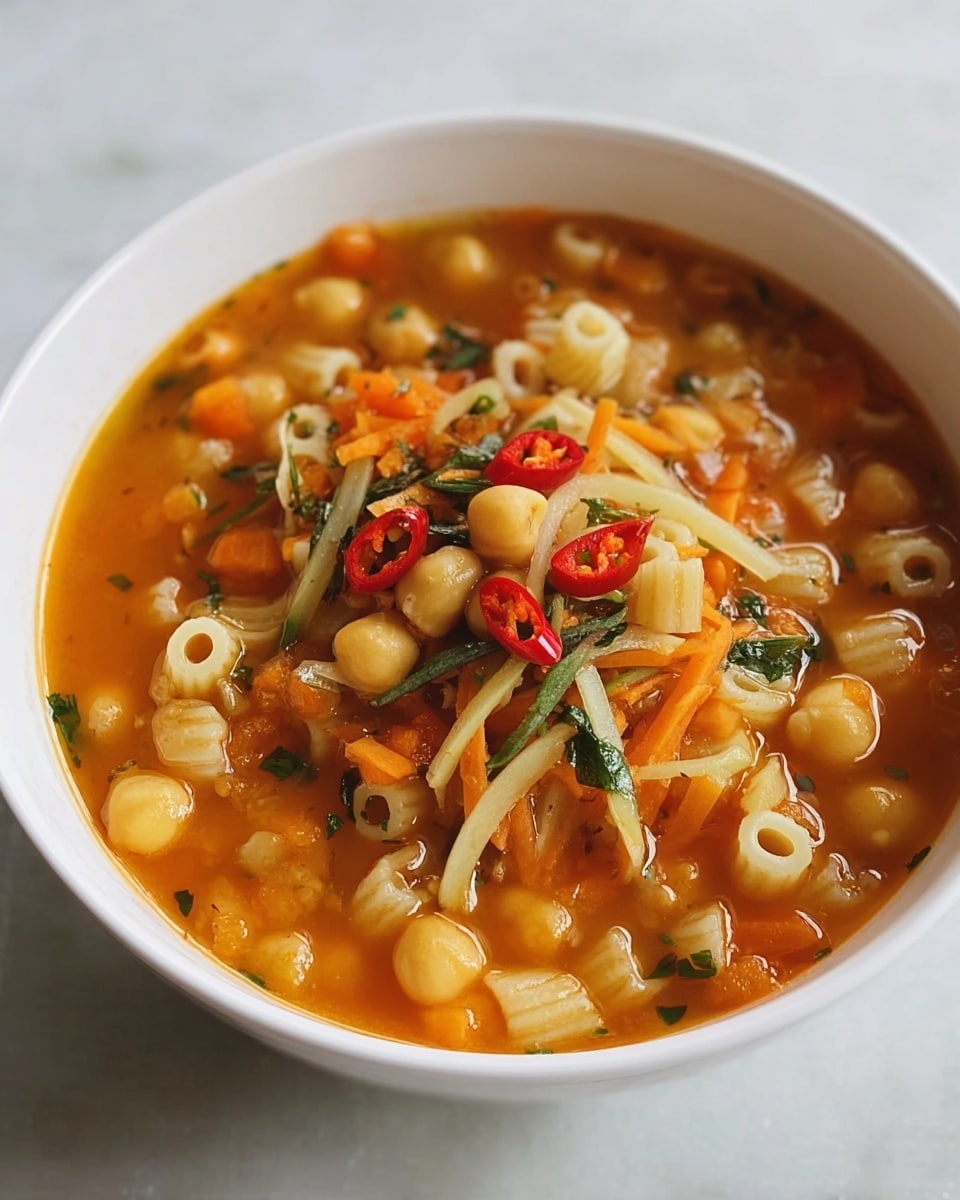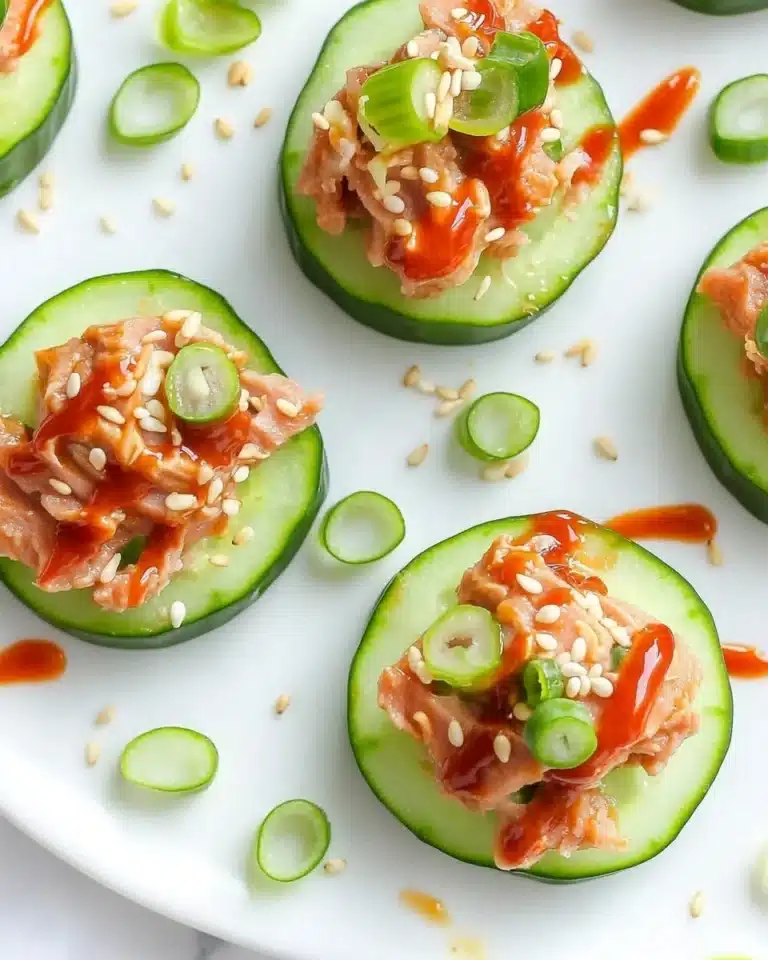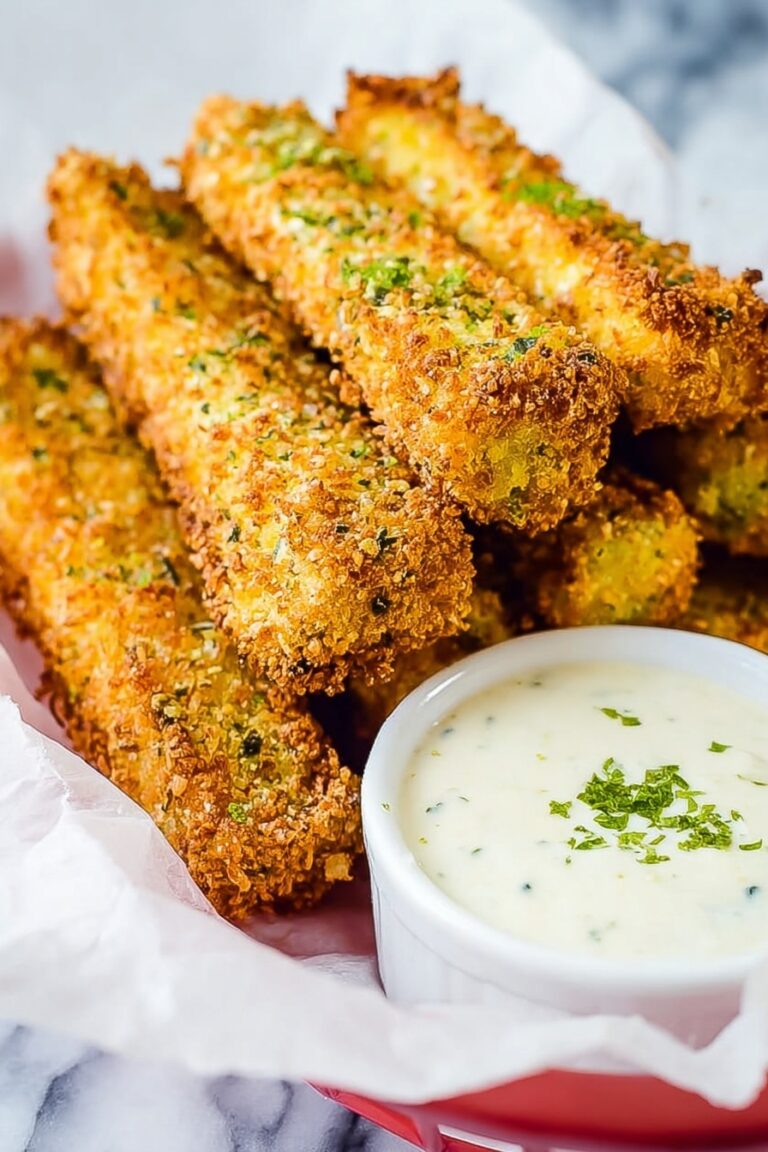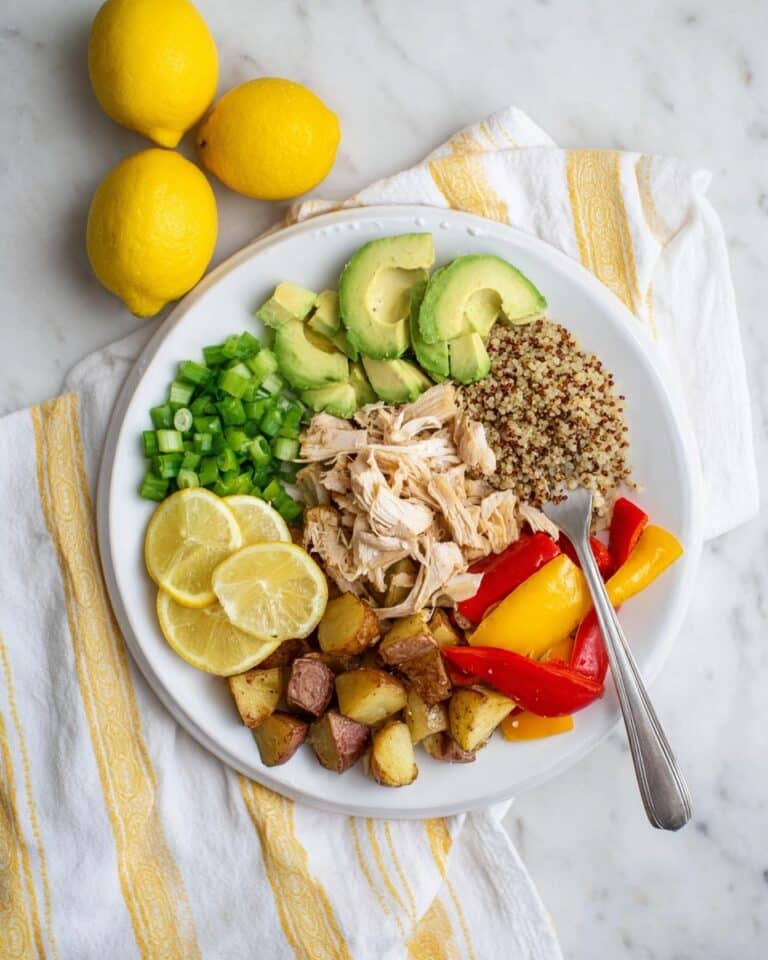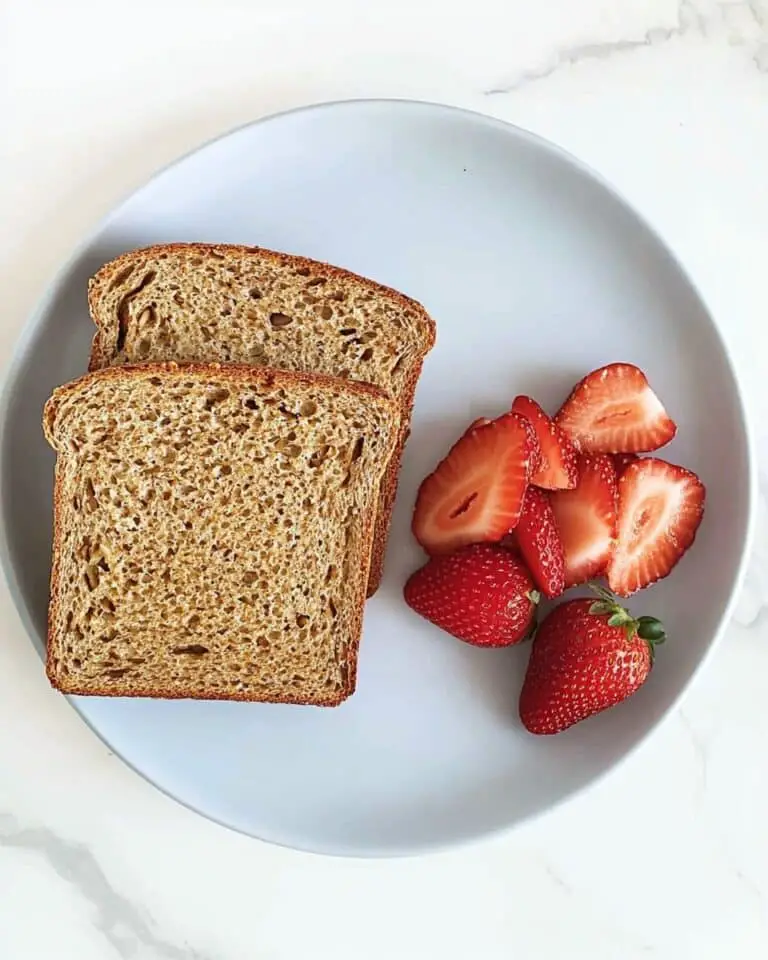If you’re craving something hearty, nourishing, and utterly comforting, you’ve got to try my Pasta e Ceci: Italian Chickpea and Pasta Stew Recipe. Trust me, this dish is a warm hug in a bowl—simple pantry staples come together to create layers of flavor that make it feel extra special. Whether it’s a chilly evening or you just want a delicious bowl of Italian soul food, stick around because this recipe is fan-freaking-tastic and easier than you might expect!
Why You’ll Love This Recipe
- Wholesome and Comforting: This stew is packed with protein-rich chickpeas and tender pasta that warms you from the inside out.
- Easy Pantry Ingredients: You don’t need a dozen fancy things—just a few fresh herbs, some veggies, and pantry staples.
- Rich Flavor From Simple Techniques: Grating the vegetables changes everything, giving this stew a beautiful texture and depth of flavor.
- Versatile and Customizable: Adjust the heat or herbs, swap your pasta, and make it your own without fuss.
Ingredients You’ll Need
The ingredients for this Pasta e Ceci: Italian Chickpea and Pasta Stew Recipe come together in a way that’s approachable but feels truly authentic. I love how the fresh herbs and grated veggies build rich layers of flavor that soak into the chickpeas and pasta. When you shop, look for firm, fresh produce and good-quality broth to boost the taste.
- Dry chickpeas: Soaking overnight is key for tenderness and digestibility; it also helps you avoid that starchy flavor.
- Baking soda: This little trick speeds up softening your chickpeas and keeps them tender.
- Yellow onion: Grated rather than chopped, it integrates smoothly and adds natural sweetness.
- Celery stalk: Provides an earthy base flavor, also grated for a silky texture.
- Small zucchini: Adds subtle freshness and moisture without overpowering the dish.
- Carrot: Gives a gentle sweetness and beautiful color as it cooks down.
- Olive oil: Both for sautéing and finishing—the quality here really shines through.
- Fresh sage, rosemary, and thyme: These aromatic herbs bring that unmistakable Italian depth.
- Chicken broth: You can go from 3 to 5 cups depending on your desired stew thickness. Homemade is fantastic, but store-bought works fine too.
- Stewed peeled tomatoes: Brings bright acidity and richness.
- Ditalini pasta: Classic for this stew, but if you can’t find it, broken spaghetti works great.
- Salt and pepper: Season thoughtfully throughout to build flavor layers.
- Fresh cayenne pepper: Adds vibrant heat—don’t skip this if you like a little kick!
- Extra-virgin olive oil: Drizzled on top at the end for that glossy, peppery finish.
Variations
I love making this stew my own depending on the season or what’s in the fridge. You can easily tweak the herbs, swap the broth, or give it a vegetarian twist. Don’t hesitate to experiment—it’s a forgiving dish.
- Vegetarian version: Replace chicken broth with vegetable broth and skip any meat additions—I’ve made this for veggie friends and they’re always impressed!
- Spicier kick: Add extra minced cayenne or a pinch of crushed red pepper flakes for more heat—perfect if you’re a spice lover like me.
- Seasonal veggies: Feel free to toss in diced kale, spinach, or finely chopped mushrooms to boost nutrition and texture.
- Different pastas: No ditalini? No problem—small shapes like elbow macaroni or orzo also work wonderfully.
How to Make Pasta e Ceci: Italian Chickpea and Pasta Stew Recipe
Step 1: Soak and Prep the Chickpeas
Start by rinsing your dry chickpeas under cool water, then give them a gentle rub to clean off any debris. Place them in a large stew pot, cover completely with water, and add the baking soda—this helps soften them during soaking. Let the chickpeas soak for at least 8 hours or overnight. When you’re ready to cook, rinse them well again to remove any skins or discolored ones that floated off. This soaking step is crucial because it shortens the cooking time and makes your chickpeas perfectly tender and digestible.
Step 2: Grate Your Vegetables for Maximum Flavor
This is where the magic starts! Instead of chopping, grate the onion, celery, zucchini, and carrot using the large holes of a cheese grater. This method gives you a silky texture that melts into the stew, infusing it with sweetness and moisture without big chunks. Trust me, I discovered this trick after struggling with watery stews filled with lumps. Grating made everything more cohesive and flavorful.
Step 3: Sauté and Build Aroma
Heat 2 tablespoons of olive oil in your stew pot over medium. Toss in the grated veggies and sauté just for a minute to soften and bring out their natural sweetness. Add the sprigs of fresh sage, rosemary, and thyme and keep stirring occasionally until the onions look translucent and tender—usually about 5 minutes. This step not only flavors the oil but builds a savory foundation for your stew that makes the entire kitchen smell like Italy.
Step 4: Simmer the Chickpeas and Tomatoes
Add 3 cups of your chicken broth, all the soaked chickpeas, and the stewed peeled tomatoes right into the pot. Bring everything up to a boil, then lower the heat to maintain a gentle simmer. Let it cook uncovered until the chickpeas turn tender – this usually takes about an hour. Check occasionally and add a bit more broth if it looks like the stew’s getting too thick; you want that cozy, thick-but-not-dry consistency. This slow simmer is when all those flavors mingle and deepen beautifully.
Step 5: Cook the Pasta Right in the Stew
Once the chickpeas are tender, stir in the ditalini pasta. Cook it until it’s al dente—tender with just a bit of bite—about 8 to 10 minutes. If you need to, add a splash more broth or water to keep the stew from drying out. Season with salt and pepper to taste, then remove from heat.
Step 6: Finish with Spice and Olive Oil
Ladle the stew into bowls and top each serving with a careful sprinkle of minced fresh cayenne pepper for a lively heat that cuts through the richness. Drizzle extra-virgin olive oil over the top for that glossy, fruity finish that Italian cooking does so well. I love this finishing touch because it adds just a touch of silkiness that makes every spoonful special.
Pro Tips for Making Pasta e Ceci: Italian Chickpea and Pasta Stew Recipe
- Overnight Soak Magic: Never skip soaking the chickpeas; it’s the most important step for a creamy, tender stew.
- Grate, Don’t Chop: I learned that grated veggies give a silky texture and unify the flavors better than diced.
- Adjust Broth Gradually: Add more broth slowly to avoid a watery stew—thicker is better here for that cozy feel.
- Finish with Fresh Heat and Oil: Adding cayenne and a drizzle of quality olive oil elevates the stew in a way that blows guests away.
How to Serve Pasta e Ceci: Italian Chickpea and Pasta Stew Recipe
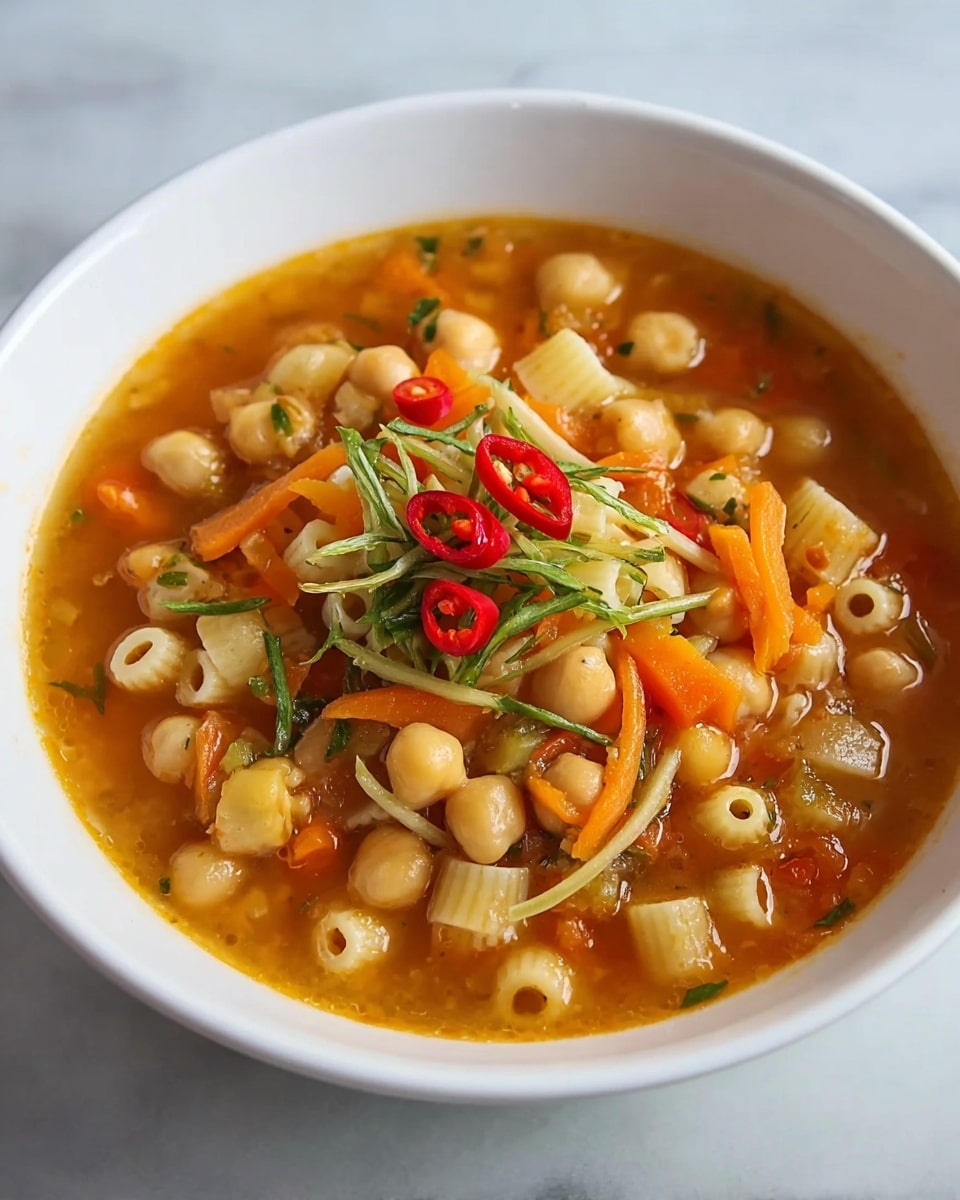
Garnishes
I always top my bowls with freshly minced cayenne pepper for a subtle kick and a generous drizzle of fruity extra-virgin olive oil to add richness and shine. Sometimes, a sprinkle of freshly grated Parmigiano-Reggiano or a few torn basil leaves makes the dish feel even more special. These simple garnishes transform the humble stew into something restaurant worthy.
Side Dishes
This stew pairs beautifully with crusty Italian bread or grilled garlic bread to sop up every drop. For a full meal, side salads with crisp arugula, lemon vinaigrette, or roasted seasonal veggies add fresh balance. My family also loves serving it alongside simple roasted chicken for an easy but impressive dinner.
Creative Ways to Present
For a dinner party, I like to serve this stew in mini terracotta pots with a sprig of fresh rosemary placed on top for a rustic look. Adding edible flowers or tiny basil leaves can make it pop visually. You can also present it family-style in a large beautiful bowl and encourage guests to help themselves, making it fun and hyggelig.
Make Ahead and Storage
Storing Leftovers
Leftover Pasta e Ceci tastes fantastic the next day. I store it in an airtight container in the fridge and find it keeps well for up to 3 days. The chickpeas and pasta absorb even more flavor overnight, so it tastes even better! Just be sure to add a splash of broth or water when reheating if it’s thickened too much.
Freezing
I’ve frozen portions before and had great success. Just let the stew cool completely, transfer into freezer-safe containers, and freeze for up to 3 months. When you’re ready, thaw in the fridge overnight and reheat gently on the stove. The texture stays pretty good, though pasta may soften a bit, so I tend to cook the pasta fresh in the stew if I’m making a large batch to freeze.
Reheating
To reheat, gently warm the stew in a saucepan over medium-low heat, stirring occasionally. If it’s too thick, loosen it with a bit of broth or water. Try not to microwave it because slow stovetop reheating keeps the texture creamier and flavors more vibrant. Finish with a fresh drizzle of olive oil and a pinch of cayenne right before serving to refresh the dish.
FAQs
-
Can I use canned chickpeas instead of dry?
Yes, you can! Using canned chickpeas speeds up the process significantly. Just rinse and drain a couple of cans and add them later in the simmering step, reducing the cooking time since canned chickpeas are already tender. Keep in mind the flavor might be slightly less rich compared to starting with dry soaked chickpeas.
-
What if I don’t have ditalini pasta?
If ditalini is tricky to find, that’s totally okay! I often break spaghetti into small pieces or use small elbow macaroni or orzo. The idea is to have tiny pasta shapes that comfortably nestle with the chickpeas without overwhelming the stew’s texture.
-
How spicy is this stew?
The heat level is totally up to you! The recipe uses fresh cayenne pepper sparingly to add a gentle spicy kick. You can add more or omit it if you prefer mild flavors. It balances beautifully with the earthy chickpeas and herbal notes.
-
Is this recipe suitable for vegetarians?
Absolutely! Just swap chicken broth for vegetable broth and you’ve got a flavorful vegetarian stew. The combination of herbs and stewed tomatoes still provides plenty of savory depth.
Final Thoughts
This Pasta e Ceci: Italian Chickpea and Pasta Stew Recipe is one of those dishes that feels like coming home. I absolutely love how every bowl warms me up on a cold night and brings a little bit of Italy to my kitchen. I used to struggle with making stews that felt bland or too watery, but this recipe’s balance of texture, flavor, and spice always impresses my family and guests. I hope when you try it, you’ll enjoy it as much as I do—and maybe, like me, it’ll become one of your go-to comfort foods!
Print
Pasta e Ceci: Italian Chickpea and Pasta Stew Recipe
- Prep Time: 30 minutes
- Cook Time: 75 minutes
- Total Time: 105 minutes
- Yield: 6 servings
- Category: Soup/Stew
- Method: Stovetop
- Cuisine: Italian
- Diet: Gluten Free
Description
Pasta e Ceci is a hearty and comforting Italian chickpea and pasta stew that combines tender chickpeas, grated vegetables, aromatic herbs, and ditalini pasta simmered in a flavorful broth. This rustic dish offers a nourishing and satisfying meal perfect for cozy gatherings.
Ingredients
Legumes and Grains
- 1 cup dry chickpeas
- 240g pasta ditalini, such as Barilla® Gluten Free Ditalini
Vegetables
- 1 yellow onion
- 1 stalk celery
- 1 small zucchini
- 1 carrot
- 2 stewed, peeled tomatoes
- 1 fresh cayenne pepper, seeded and minced, or more to taste
Herbs and Seasonings
- 1 sprig fresh sage leaves
- 1 sprig fresh rosemary
- 1 sprig fresh thyme
- Salt and pepper to taste
Oils and Others
- 1 tablespoon baking soda
- 2 tablespoon olive oil
- 3 to 5 cups chicken broth, as needed
- 1 tablespoon extra-virgin olive oil
Instructions
- Soak the chickpeas: Rinse chickpeas under cool water by rubbing them together with your hands. Place them in a large stew pot, cover with water, add baking soda, and swirl to distribute. Allow to soak for 8 hours or overnight.
- Rinse and prepare chickpeas: Drain the soaked chickpeas through a strainer, rinse well under cold running water, and remove any skins or discolored chickpeas. Set aside.
- Grate vegetables: Using the large teeth of a cheese grater, grate the onion, celery, zucchini, and carrot. This technique is crucial as grated vegetables impart a distinct flavor compared to diced.
- Sauté vegetables and herbs: Heat 2 tablespoons olive oil in the stew pot over medium heat. Sauté the grated vegetables for 1 minute. Add sage, rosemary, and thyme and continue to sauté, stirring occasionally, until onions become soft and translucent, about 5 minutes.
- Simmer chickpeas and broth: Add 3 cups chicken broth, chickpeas, and stewed tomatoes to the pot. Bring to a boil, then reduce heat and simmer uncovered until the chickpeas are tender, approximately 1 hour.
- Cook the pasta: Stir in the ditalini pasta. Add more broth as needed to maintain a thick, stew-like consistency. Cook until pasta is tender but still has a slight bite, about 8 to 10 minutes.
- Season and serve: Taste and adjust seasoning with salt and black pepper. Remove from heat and ladle into serving bowls. Garnish each bowl with minced cayenne pepper and a drizzle of extra-virgin olive oil for added flavor and heat.
Notes
- Pasta e Ceci is a classic Italian comfort food that showcases the earthy flavors of chickpeas paired with aromatic herbs.
- If ditalini pasta is unavailable, broken spaghetti pieces can be used as a substitute.
- Grating the vegetables instead of dicing enriches the stew with a unique texture and flavor.
- Adjust the amount of cayenne pepper to control the heat level according to your preference.
Nutrition
- Serving Size: 1 bowl (approx. 1/6 of recipe)
- Calories: 378 kcal
- Sugar: 10 g
- Sodium: 1172 mg
- Fat: 10 g
- Saturated Fat: 1 g
- Unsaturated Fat: 9 g
- Trans Fat: 0 g
- Carbohydrates: 59 g
- Fiber: 8 g
- Protein: 14 g
- Cholesterol: 2 mg

